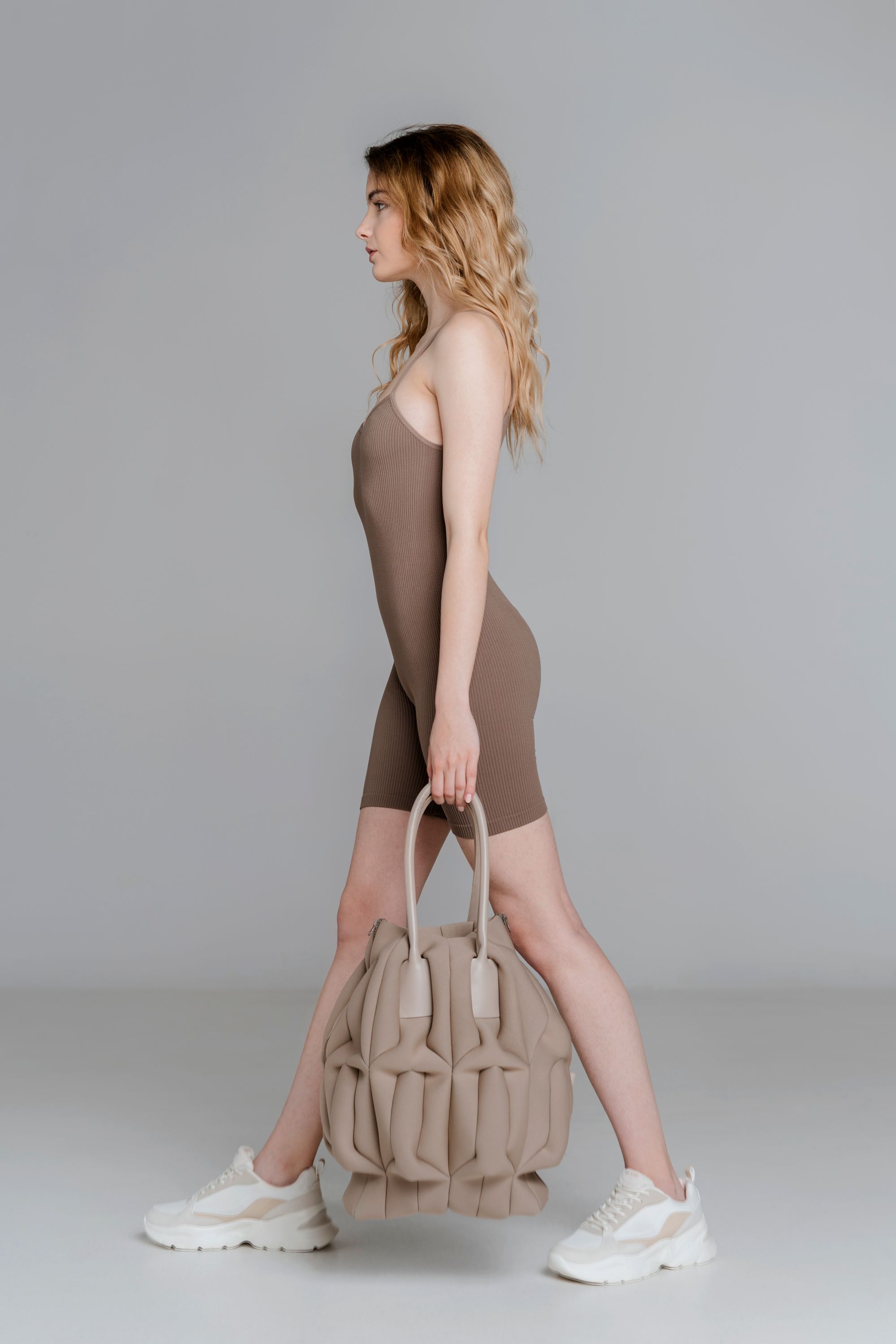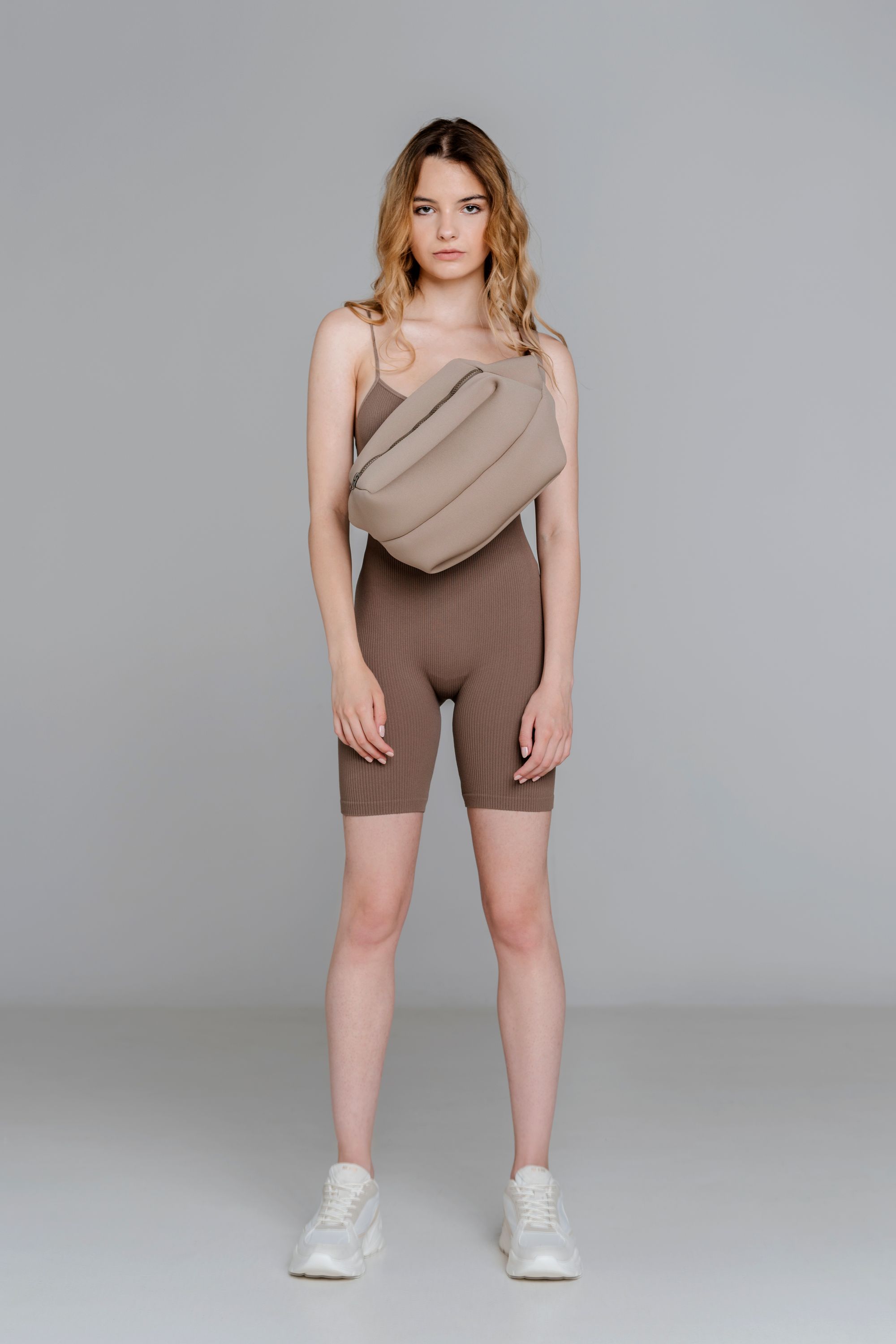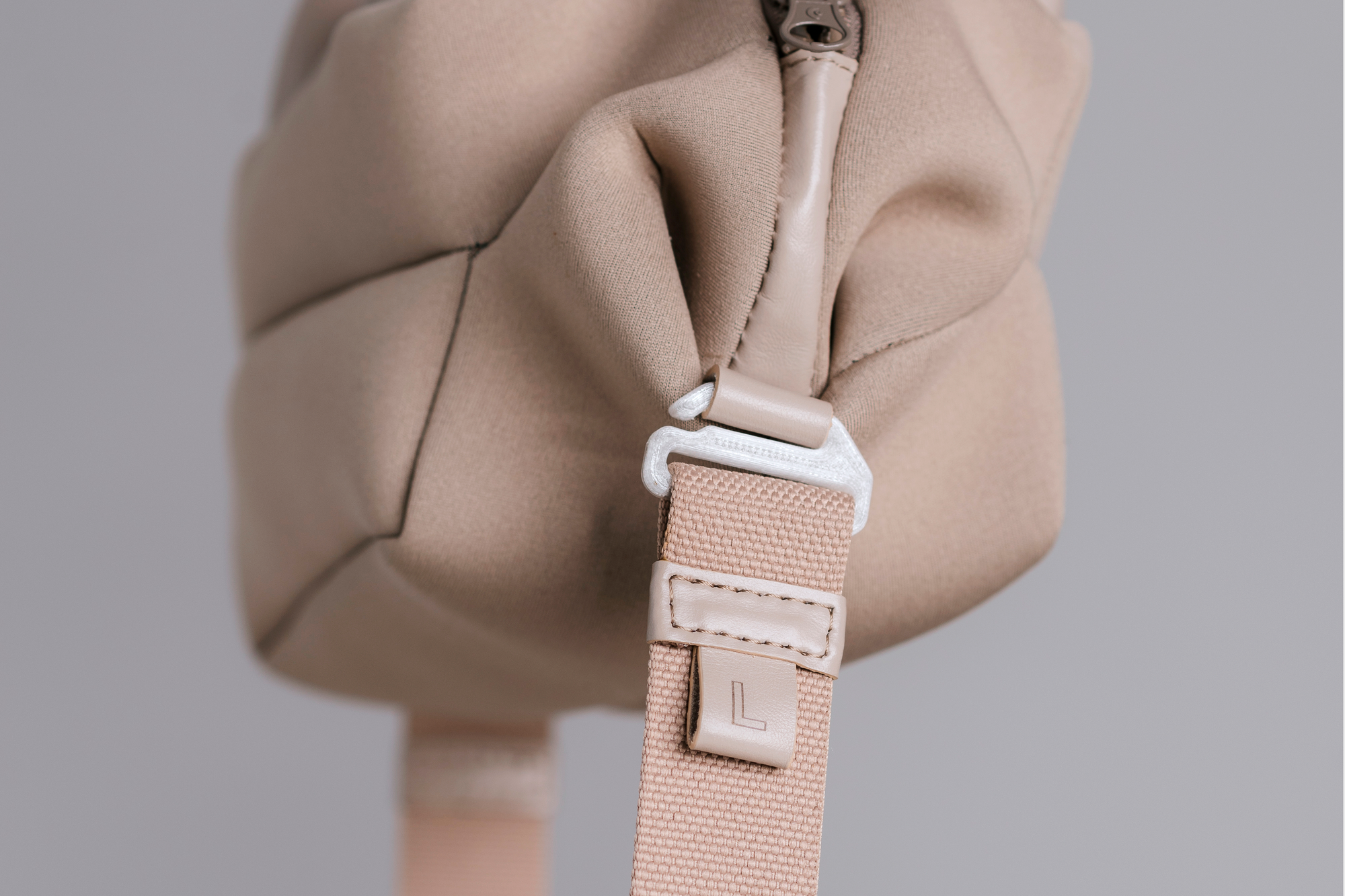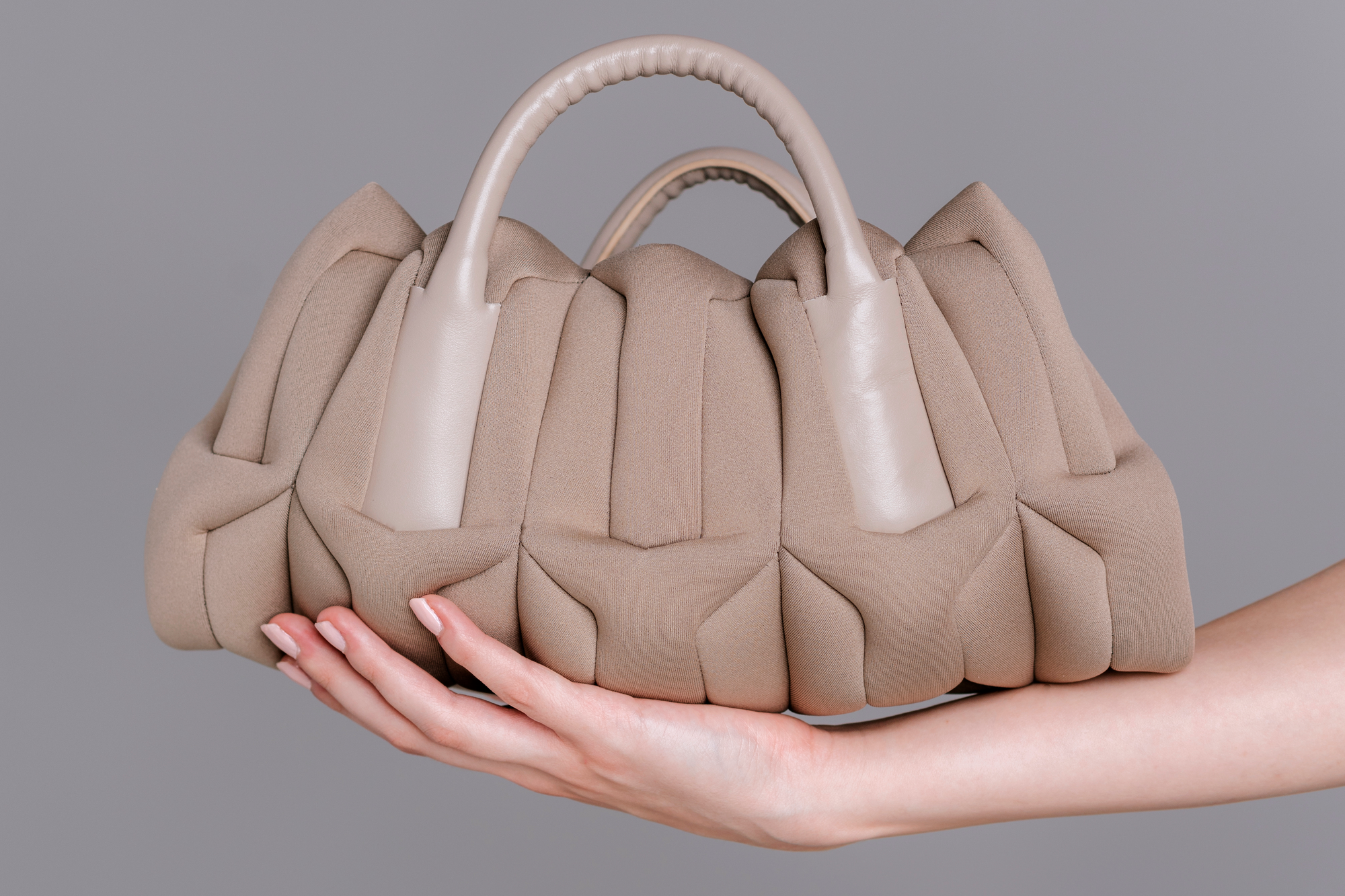“What cannot be done with bare hands, is done with extremely perfected machines, and what is pleasurable to do by hand, is done without machines.” The above quote by William Morris is the motto of the thesis by Lúcia Kiss, a Master’s student in Fashion and Textile Design at MOME, in which digital and handcraft techniques complement each other perfectly.


Why is it important for you to combine digital and traditional craft techniques?
For me, the mix of digital and traditional techniques became a priority because of the exciting opportunity to preserve handmade values, which allowed me to expand my design vision. Combining the two has opened up continuous paths for creating exciting solutions, experimenting with the collection, and designing. Modern techniques provided productivity and precision, while traditional craft techniques created unique handmade details.
In the collection, the two types of technology are in constant interaction with each other. Digital technologies are more prominent in the experimental phase and at the beginning of the design. They enabled rapid iterations during the process and then provided the necessary precision during implementation. The traditional techniques used gave the manual added value.
I created the basic elements by laser cutting, then handcrafted them into structures and digitally designed the result, finishing the process with more traditional techniques (such as making leather accessories).


What inspired you in the development of the structure and design?
For me, the opportunities created by experimentation have been a constant source of inspiration. New directions always opened up, even with the addition of a small change. I was amazed at how different design possibilities could be realized by putting a structure into space.
How does the William Morris quote relate to your personal beliefs?
Traditional techniques have been with me since I was a child, so they are a keystone in my design work. Following the Morris quote, the importance of handmade values, which are part of the joy of creation, is also a defining factor for me. And as a designer starting out in my career, I consider it essential to learn about new technologies and to look for new solutions.



In this light, how do you imagine the ideal future?
I believe that in an ideal future, digital tools will enable us to constantly rethink craft techniques, allowing us to explore new solutions.
Why do you think it is important to preserve traditional craft techniques?
For me, it is crucial to preserve traditional techniques because they carry centuries of experience in art-making. They also draw attention to the added value of handmade objects.



„I am not calmed down by waiting for a solution from the top” – a zero waste activist to Hype&Hyper

Around Budapest in 150 years with Boggie










